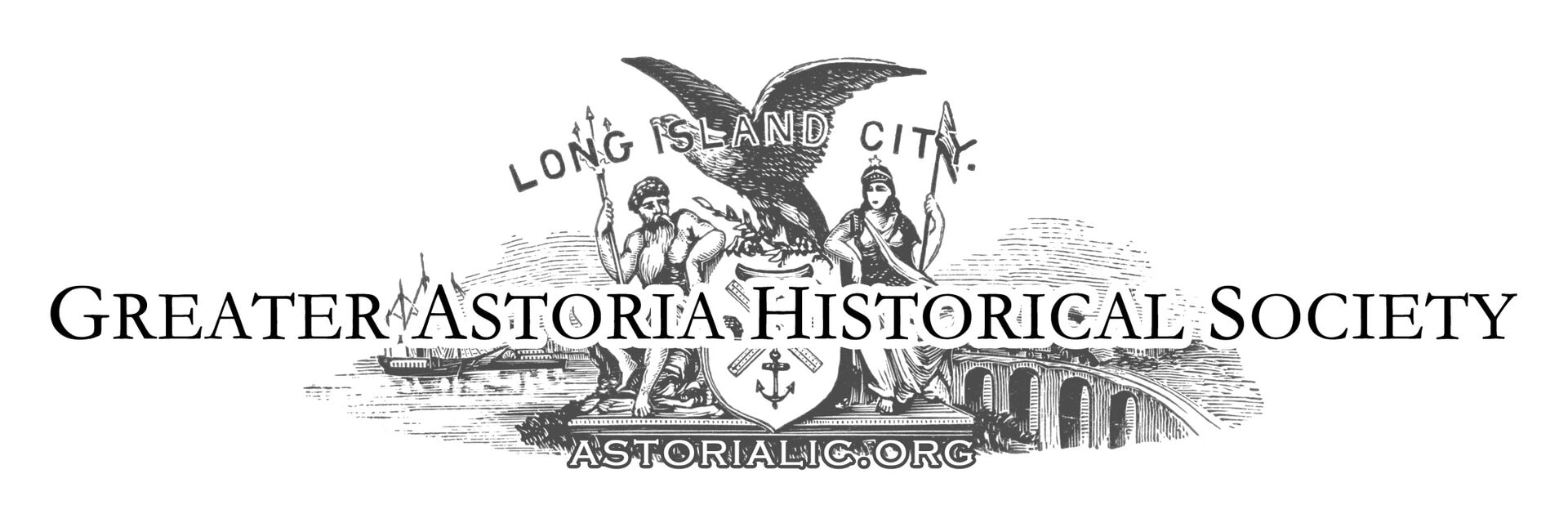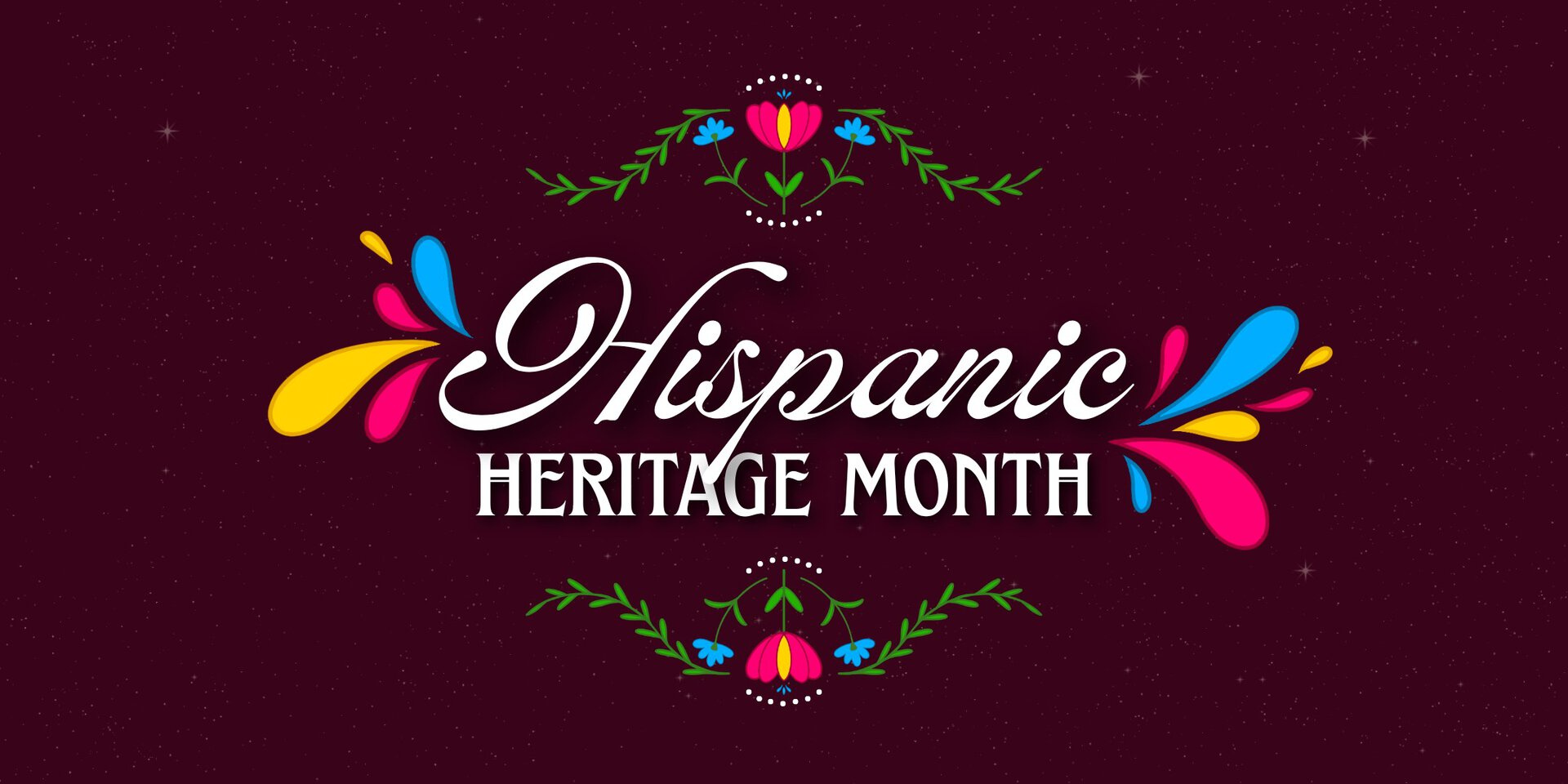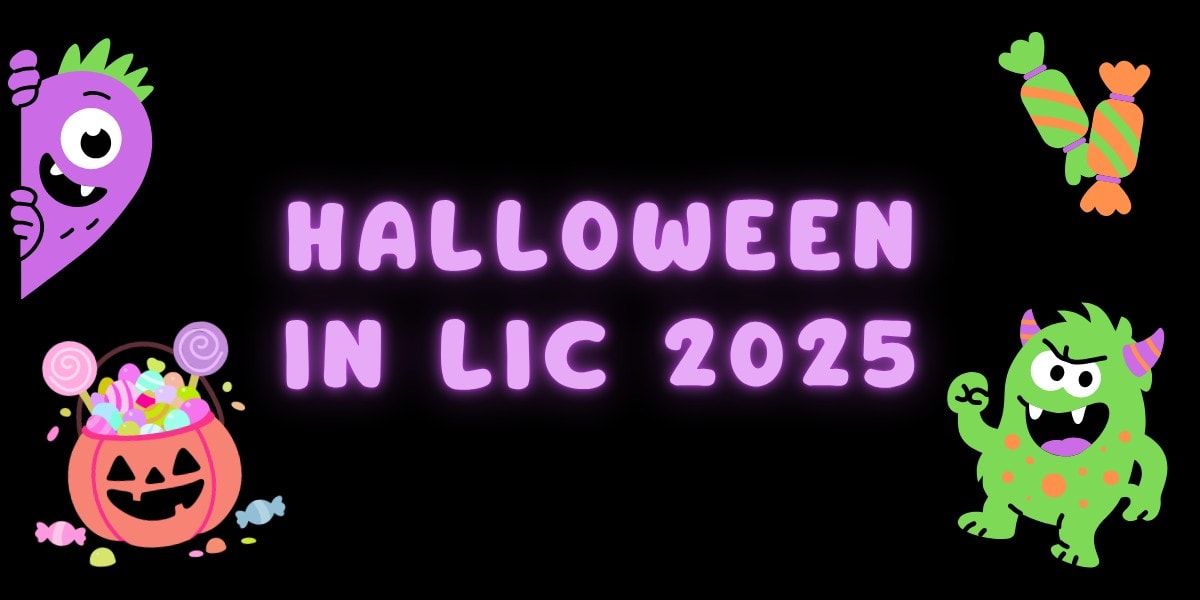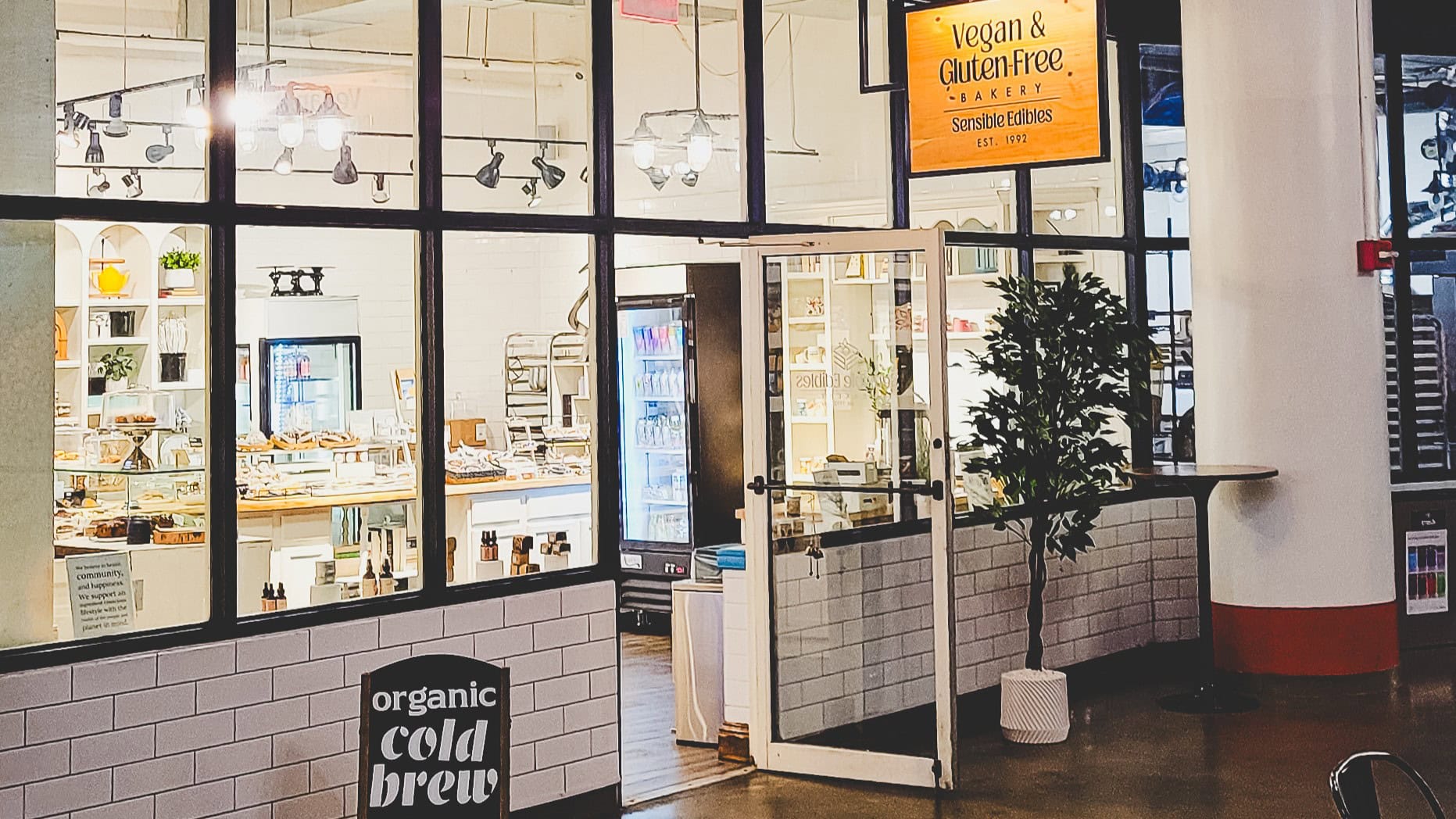By Bob Singleton, Executive Director, Greater Astoria Historical Society
It started like many stories, quite innocently, at a street fair.
A young man walked over to our table, and after examining our display, engaged us with questions for some preliminary work for a new movie. He was interested in our archives, particularly those featuring Queens in the 1920s. He also mentioned that he was heading down to Princetown University the following day to investigate the F. Scott Fitzgerald papers.
Its title – “The Great Gatsby.’
After purchasing two of our books, “Postcards of Long Island City”’ and the “Queensboro Bridge” both rich with images from the 1920s, the Gatsby era, he suggested we reach out to his team’s leader, an art director, in Australia.
That evening we followed his suggestion. After an exchange of introductory emails, he asked if we would be interested in joining the team being assembled for a “Great Gatsby” remake led by the legendary film producer Baz Luhrman. They offered fees and – even more importantly – special mention in the credits at film’s end.
We had already read the book (required reading by many high schools) and watched an earlier film in the 1970s (five versions were made over the years). We felt strongly that we were in an ideal position to bridge authentic images dating from the time the book was written to the cinematography of standards of today. We immediately agreed.
Although the book is centered on Long Island’s North Shore, much of the novel takes place in various locations in Manhattan – Wall Street, Midtown, Times Square, and Harlem. These areas were covered by one of the largest post card collections of New York. It was assembled by the late Bob ‘Postcard King’ Stonehill, a longtime member of the Society.
But key parts of the movie also take place in Queens along Northern Boulevard, which connected Great Neck’s North Shore estates to Manhattan via the Queensboro Bridge. Perhaps the most important location in Queens, the infamous Valley of Ashes, was familiar to residents as the Garbage Dumps of Flushing Meadows. Our photos even covered this location.
Spending decades lecturing, publishing books, and creating exhibits about the most historic segments of Northern Boulevard, from eastern Queens to Long Island City and its termination point at the Queensboro Bridge, the gateway to Manhattan, paid off.
However, the first order of business was to understand how we could fit this material, to (using their words) people “in charge of the overall visual appearance of a location,” or more succinctly, “how it communicates visually, stimulates moods, contrasts features, and psychologically appeals to a target audience.”
We took a deep breath and opened direct contact with the film crew in Australia. At no time did we ever directly talk – all communication was via email. Despite working on opposite ends of the planet, and different time zones, communication was always on target.
Learn more at Great Gatsby: Making Movie Magic With The Greater Astoria Historical Society on Wednesday, June 18, at Grove 34.




